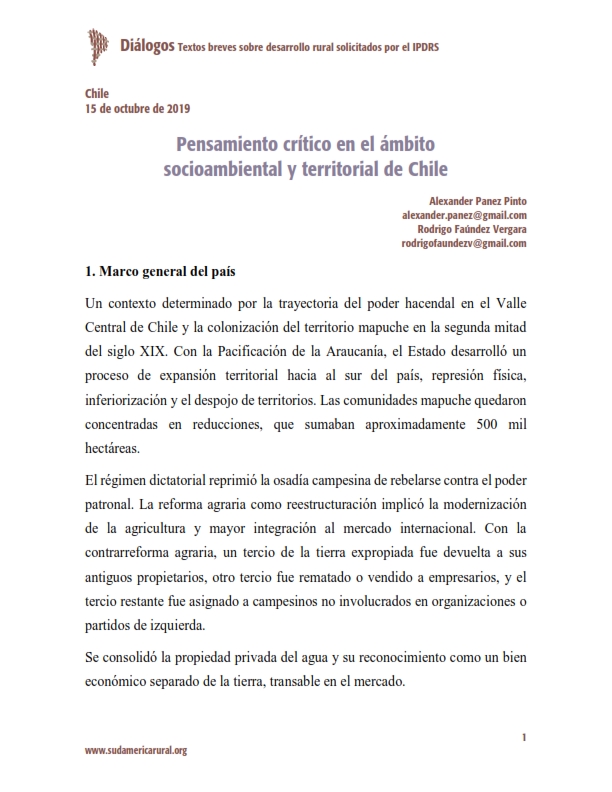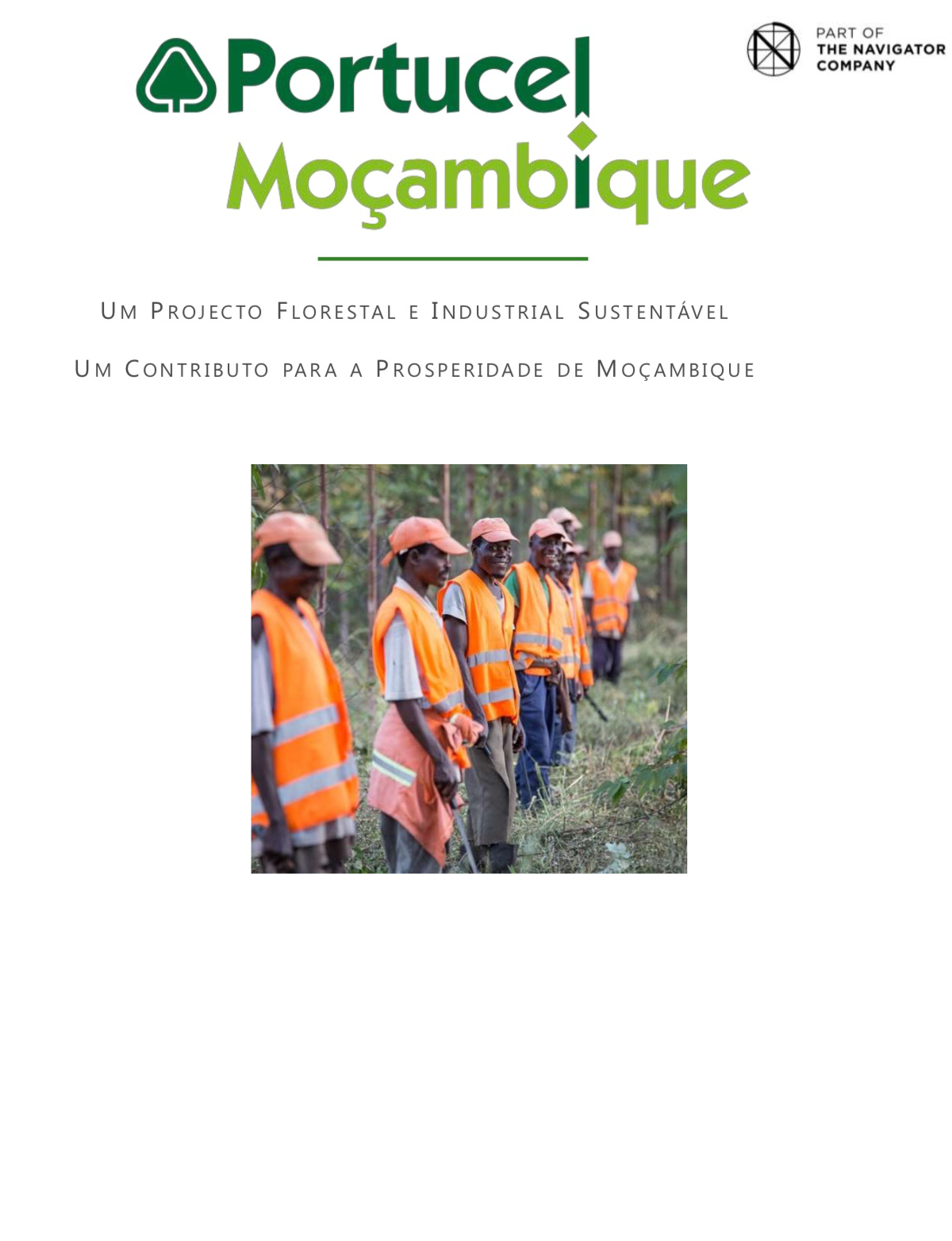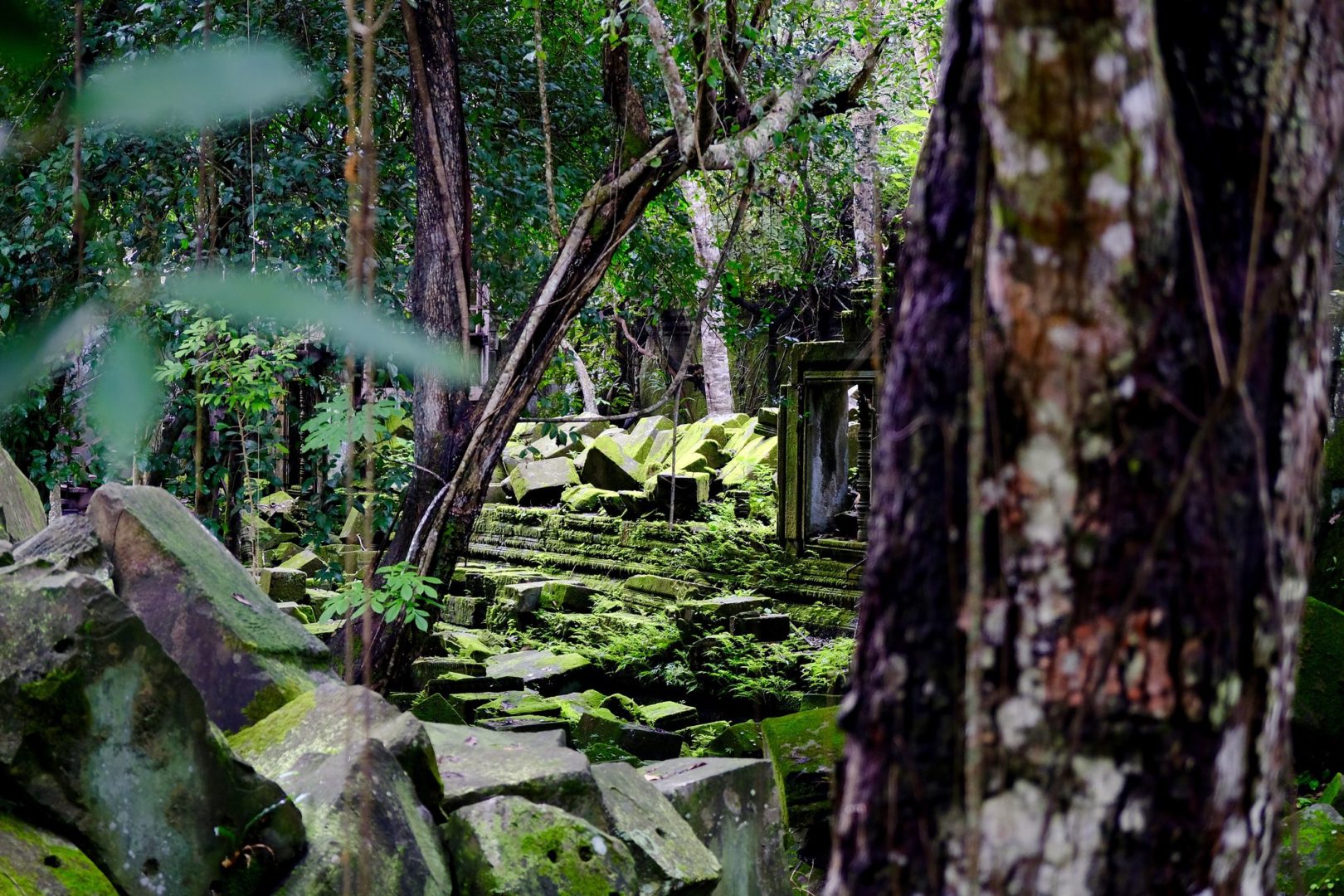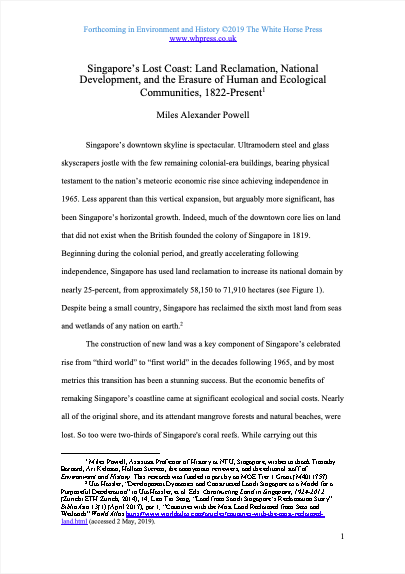Pensamiento crítico en el ámbito socioambiental y territorial de Chile
Pensamiento crítico en el ámbito socioambiental y territorial de Chile
Alexander Panez Pinto
alexander.panez@gmail.com
Rodrigo Faúndez Vergara
rodrigofaundezv@gmail.com
Marco general del país







